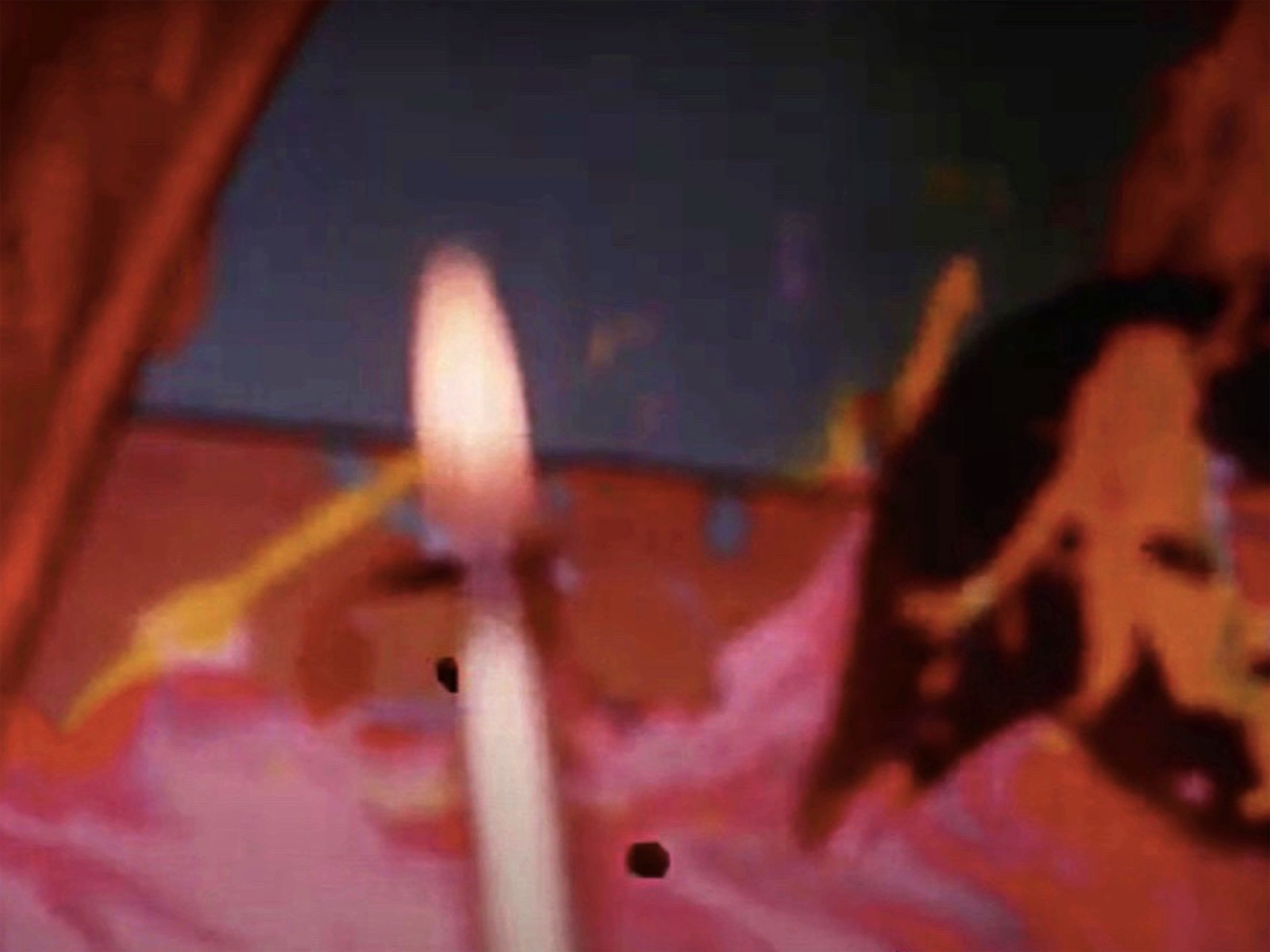
Films
- Read More
 AnimationExperimentalNarrative
AnimationExperimentalNarrativeBoutique Films Ltd. Outtakes
Earle Pilgrimdigital file, color and b/w, silent and sound, 45.55 minRental format: Digital file
Biography
Earle Pilgrim was born and raised in Bedford Stuyvesant, Brooklyn and moved to Greenwich Village after serving in the 477th USAAF in WWII. His unit was intended to introduce desegregation to the US military but instead bounced from base to base experiencing what has been called racism that perhaps transcended all other World War II racial incidents and prevented his unit from becoming deployable. After returning from World War II, Earle lived in Greenwich Village until 1951, where he kept a jeweler’s bench at Sam Kramer’s, and studied art at the Art Students League, frequenting the San Remo. Quoted by Allan Morrison in Negro Digest, January 1949, Earle Pilgrim said, “Bohemians don't fight or crusade. We go on living our lives as we want to live them. To hell with the sneers of society. We're anti-bourgeois and we're individualists. We don't even like the name 'Bohemian.' It has a bad smell."
From 1951-54 he lived and worked in Provincetown, MA operating a gallery out of his jewelry shop and showing Allan Kaprow, Sam Goodman, Lester Young, John Grillo among others. In 1954 he moved to Boston and worked with a variety of media from painting to experimental film. Pilgrim's oeuvre reflects the artist's various interests from avant-garde portraiture to the notion of the occult, which were all figured through a Modernist interest in coloration, abstraction, and expression. In the 1960s, Pilgrim returned to New York, taking a loft at 275 Church ST and eventually joined Projection Film-Makers led by John Brockman. On March 14, 1965, Pilgrim screened his Boutique Productions film Peregrinations of a Hat along with Sheldon Rochlin, Norman Wieselberg, Mike Sullivan, and the Kucher Brothers, according to Projection’s Film Record for January 31-March 28, 1965. Pilgrim would spend the rest of his life in and out of institutions, approximately 14–16 years, which included a VA hospital, a state mental institution near Boston, Bellevue, St. Vincent's, and Beekman. Earle Pilgrim died in 1976.